What are we eating? Do we want it?
What are we not seeing when it comes to what we consume?
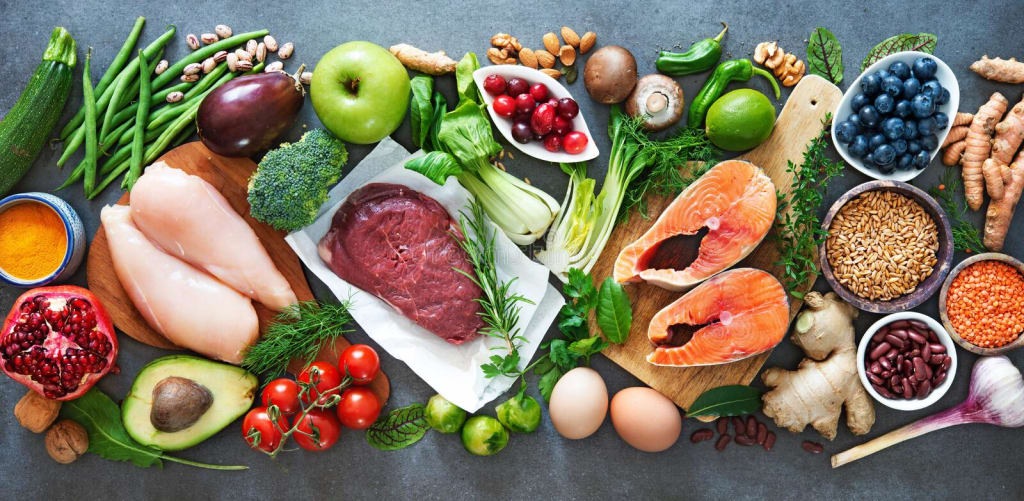
Are you ready to face the truth about your daily food? Brace yourself, because there are some disturbing secrets lurking in your favourite snacks. From hidden horrors in the manufacturing process to questionable ingredients, it's time to shed light on what you're really consuming. But be warned, once you uncover the truth, you may never look at your favourite foods the same way again.
Ready to take the plunge? Let's dive in.
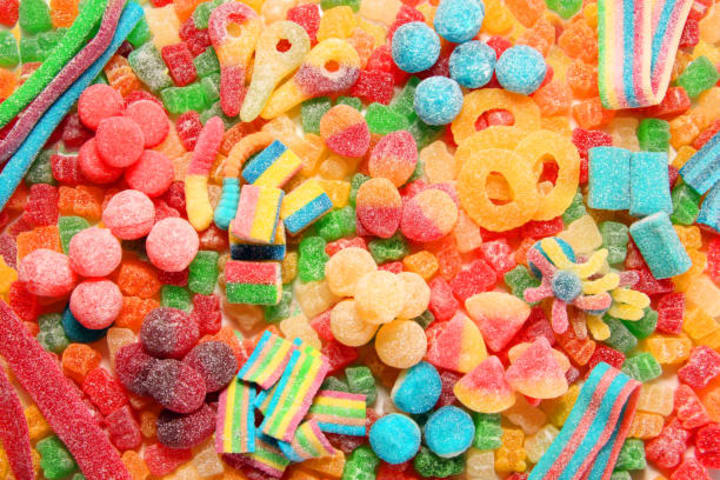
Did you know that the candy you're eating might be made from crushed-up pig bones, ligaments, tendons, and skin? Yeah, you read that right. It all starts with something called gelatine, which is made from boiling animal parts like pig and cow skin, tendons, ligaments, and bones. But why the heck is collagen - the protein found in these animal parts - in our candy? It's a mystery. But one thing's for sure: if you're looking for a chewy treat that's also bone-crushingly delicious, look no further!
Picture this: collagen, the superhero protein found in bones, skin, and muscles, is on a mission to strengthen connective tissues. But wait, there's more! Its incredible stabilizing powers make it the perfect ingredient for creating jiggly, delicious treats like jelly and candy. Unfortunately, collagen isn't a fan of water and refuses to dissolve on its own. But fear not, with a little modification, collagen transforms into the almighty gelatine.
Animal parts are ground by manufacturers and treated with acid for approximately 24 hours. The resulting substance is boiled in water, which breaks down protein bonds in collagen and creates gelatine. This gelatine is then used in various candies including Gummy Bears, Marshmallows and Sour Patch Kids to name a few.
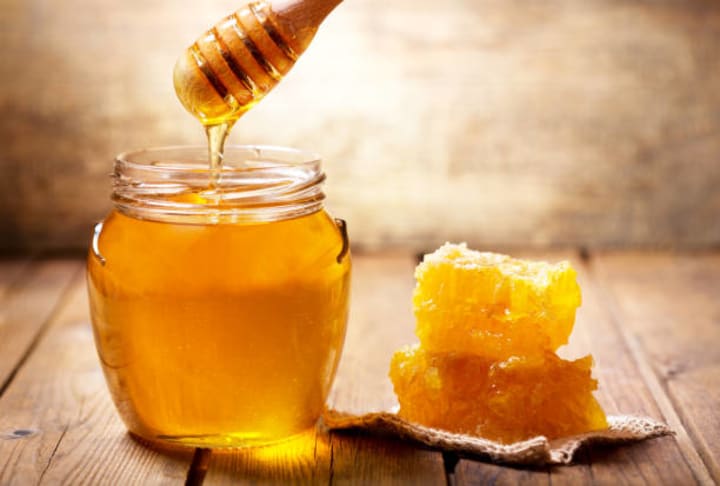
Bees are the ultimate tiny powerhouses, proving that size doesn't dictate strength. They're not just responsible for pollinating 75% of the crops we need to survive, they also whip up a sweet treat that's beloved by both humans and honey-loving bears like Pooh. But, let's be real, how much do you really know about the magical process that turns nectar into liquid gold? Get ready to be buzzed with honey-making knowledge!
Picture this: little bees flitting about from flower to flower, collecting a sweet substance known as nectar. They store this delicious goodness in their honey stomach, which is located between their oesophagus and digestive system. Once they've gathered enough, they return to their hive and engage in a gross yet fascinating process of passing the nectar from one bee to the next, each adding more digestive enzymes until it becomes the sweet, syrupy honey we all know and love.
Once complete, they add this to the small hexagonal cells that make up the honeycomb and carefully evaporate excess moisture by fanning their wings like tiny wind turbines. Then, with a secreted secretion from their abdomens, they seal the honeycomb to perfection with beeswax. This natural storage container is the perfect home for their energy-packed snack, which they happily consume. So, let's be honest here, honey is basically the result of a team of bees regurgitating nectar in a perfectly orchestrated dance of deliciousness.
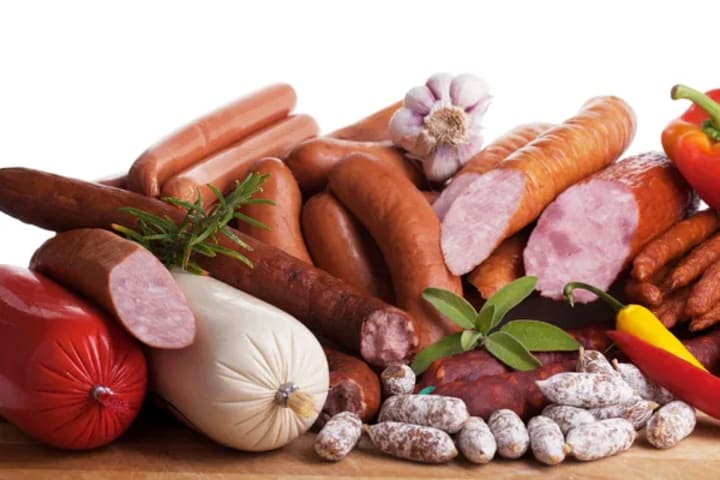
As much as we may love the salty, savoury taste of bacon, it's important we face the harsh truth - this crispy treat can seriously harm our health. Beyond just the high levels of saturated fat and cholesterol, bacon has been linked with life-threatening risks. So let's think twice before indulging in that next bacon-filled feast!
In order to transform some of our most beloved meats, like bacon, sausage, salami, and beef jerky, into the savoury delights we know and love, they must undergo an incredible transformation through the art of preservation. This includes curing, salting, smoking, and drying, with the magical addition of sodium nitrite. Not only does this preserve the meat's vibrant red hue, but it also enhances the flavour by warding off pesky fat oxidation and stopping the growth of bacteria dead in its tracks. It's like a delicious alchemy!
Studies have shown that N-nitroso compounds can form in nitrite, which can increase the risk of cancer by interacting with the body's cells and DNA. Cooking at high temperatures can exacerbate this risk. Therefore, it is technically possible for sausage consumption to lead to death.
Also, what's really in hotdogs? Brace yourself: it's not the prime cuts you were hoping for. Instead, hotdog meat is made up of trimmings - a fancy word for all the random bits that are typically thrown away. We're talking skin, blood, liver, head meat, feet - you name it. And while sausages are usually made from pig, hotdogs are a mystery blend of turkey, chicken, beef, and pork. All these scraps get thrown together, ground up, and mixed with water, seasonings, and corn syrup until it becomes a gloopy batter. Yum!
And its shape? Well, get ready for this: the secret lies in the sub-mucosa, also known as the collagen lining of animal small intestines. That's right, naturally-cased hotdogs are wrapped in the intestines of pigs, sheep, goats, cattle, and even horses, while skinless hotdogs are cooked and firm in cellulose casings that are later removed. Talk about a wild ride for your taste buds!
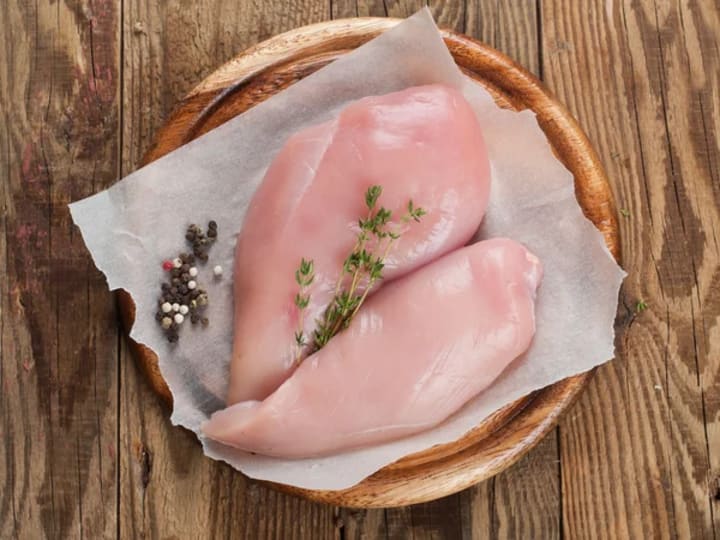
Did you know that chicken can actually be a superfood? Packed with vitamins B6 and B3, it's a powerhouse for brain development and your immune and nervous systems. But beware, not all chicken is created equal. Some shady practices in the poultry industry could actually be putting your life at risk. Stay informed, and choose your chicken wisely.
Back in the 70s, poultry producers hatched a sneaky scheme to feather their nests. They dubbed it "plumping" - a process where they pumped cuts of chicken with saltwater. And guess what? They're still doing it today! But don't squawk just yet, it's totally legit as long as it's disclosed in some vague way on the label. The manufacturers claim it amps up the succulence and taste. Is this a fowl play or a ploy for poultry perfection? You decide.
Suppliers can charge more for less chicken by adding water to the meat. This scam can cost consumers up to an extra $1.70 per package. Plumped chicken is not only a financial scam, but also a health risk. Plumped chicken can contain 200 to 500 milligrams of sodium, compared to a non-plumped chicken's 45 to 70 milligrams. This excess salt can lead to high blood pressure and heart disease, which is America's biggest killer.
Want to avoid plumped chickens? Good luck with that! They're like chameleons, blending in with the rest of the fowl. You can't just spot them by their bulging biceps or bulging veins like a juiced-up bodybuilder. Nope, these sneaky birds are almost unidentifiable. But here's a clue: if the label says "enhanced," "brined," or boasts "natural chicken broth," chances are it's been pumped up with a salty solution. Don't be fooled by these inflated imposters!
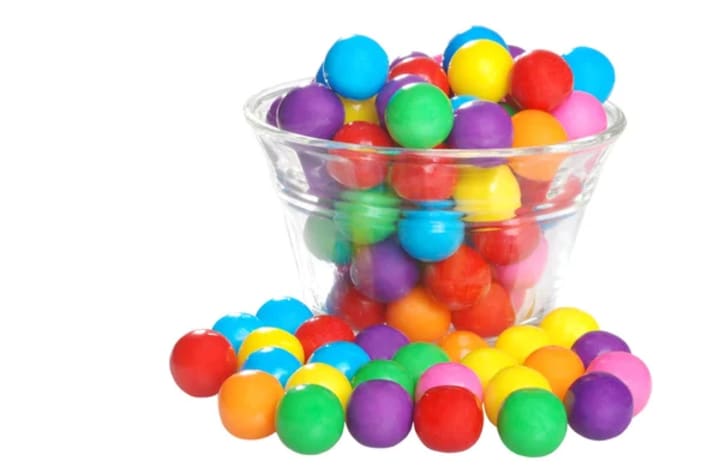
To make chewing gum, you need a gum base. And what's in that base? A mix of polymers, plasticisers, resins, and...wait for it...lanolin! Yes, the oily secretion produced by sheep's sebaceous glands. It's composed of 170 fatty acids that help keep their wool and skin waterproof. But why use it in gum? Apparently, it adds to the soft, chewable texture. Weird, right? But hey, who knows, maybe it's the secret to the perfect chew. One thing's for sure, lanolin definitely puts the "ewe" in chew.
Want to avoid chewing on sheep gunk in your gum? Opt for vegan gum! Regular gum manufacturers aren't required to disclose the ingredients in their gum base, so who knows what you could be chewing? But with vegan gum, you can be confident that there are no animal products in it. Plus, you'll be doing your part for the environment and animal welfare. So, say goodbye to sheep gland juice and hello to guilt-free chewing with vegan gum!

Did you know that your favourite ice cream could be made with antifreeze and beaver poop? It might sound crazy, but it's true. A sneaky little ingredient called propylene glycol can be found in many ice creams, frostings, beers, and even medications. But that's not all - this ingredient is also used in paints, detergents, and fertilizers. Yikes! Don't let your sweet treat turn into a toxic nightmare.
Antifreeze in our ice cream?! That sounds like a recipe for disaster, right? But hold on, let's look at the facts. Propylene-glycol is colourless, odourless, and even has a mildly sweet taste. And guess what? It's not just in antifreeze, but also in our beloved ice cream. Why, you ask? Because it's a master at lowering the freezing point of water and keeping ice cream smooth. So, don't worry, your favourite sweet treat won't freeze into a rock-solid mess. Thanks, propylene-glycol!
But what's the big deal with this propylene-glycol stuff? Well, in massive amounts, it's been known to cause heart attacks, kidney and liver failure. But don't freak out just yet! You'd have to consume around 100 times the normal amount found in your diet for it to be toxic. So, it's actually pretty safe to ingest. Unless you plan on eating gallons of ice cream, the real danger here is getting hit with a sugar rush and some serious brain freeze.
Wait, what about the beaver poop? Well, technically it's not poop, but it's pretty close. You see, beavers have a special ingredient in their "anal secretion" called castoreum. And guess what? It's used in our beloved ice cream! Who knew? Castoreum has a heavenly aroma, a mix of raspberry and vanilla. It's no wonder humans discovered it and started using it as a vanilla substitute back in the early 1900s. Can you imagine the look on their faces when they realized where this heavenly scent was coming from?
Manufacturers sometimes label the additive as natural flavouring, which can make it difficult for consumers who want to avoid it. Despite claims that it is no longer used, the lack of legal requirements for disclosure leaves a possibility that it may be present in some products.
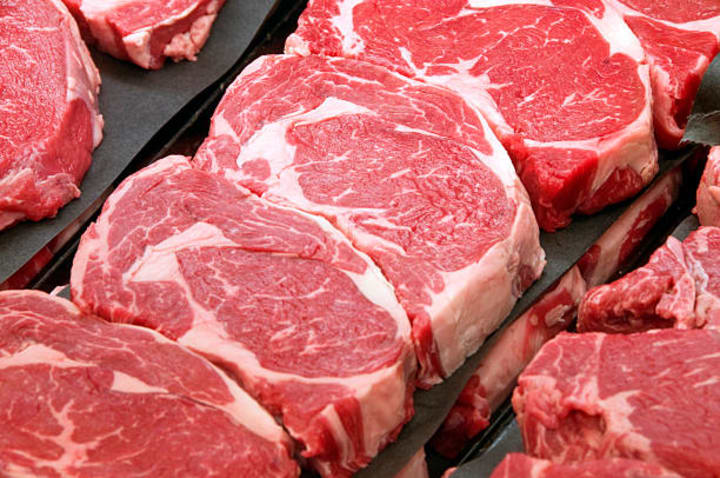
Psst! Want to know a juicy secret? That steak on your plate might not be what it seems! It could be a sneaky blend of scrap meat held together with nature's biological glue, transglutaminase. This fancy enzyme can be made from plants, animals, or even humans and turned into a powder that works some serious magic. In just 4-24 hours, it binds proteins together with some crazy chemical reactions to create a seamless, meaty masterpiece. And don't worry, it's totally safe thanks to its "biological glue" status. Butchers and chefs might use this trick sometimes to turn lesser-quality scraps into prime cuts. So, next dinner party, impress your friends with this beefy knowledge!
Meat glue may seem like a culinary wizard's dream, but hold onto your hats folks! While it's true the glue itself poses no threat, the real danger lies in bacterial contamination lurking in each separate piece of meat. Glue 'em together and you're doubling your chances of a food safety nightmare. Yikes!
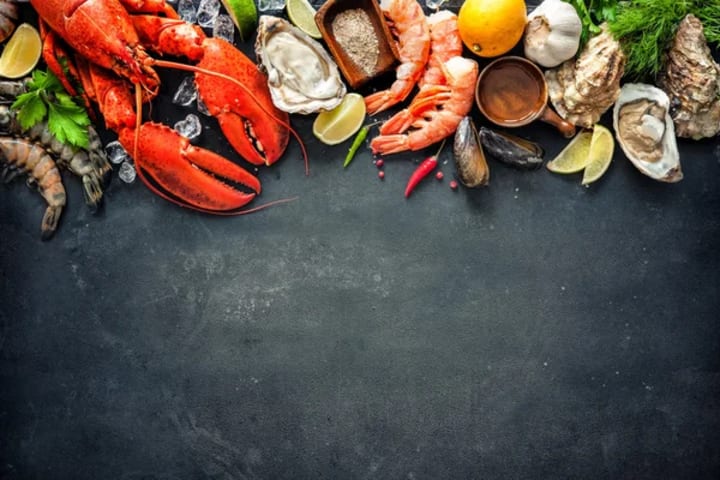
Let's dive into the world of Caviar, the coveted delicacy of the elite. But wait, did you know that it's actually the harvested eggs from the womb of a specific fish called the sturgeon? These fish are rare and hard to farm, making their eggs even more precious with a hefty price tag. But here's the catch - in order for egg-gatherers (aka caviar hunters)to obtain those eggs, they have a rather barbaric method. They sedate the mother sturgeon and slice into her womb! The sturgeon is most of the time slaughtered. Once they've gathered the eggs, they go through a rigorous quality check process. Now, we're not here for a moral lesson, but the truth is, this practice almost drove several subspecies of sturgeon into extinction before legal measures were introduced in the early 2000s.
From caviar to oysters, these fancy delicacies endure a gruelling journey to make it to your plate. Brace yourself, because when you slurp back an oyster, it's probably still alive or just recently killed. Why? Because expired oysters can be loaded with vicious bacteria that'll have you praying to the porcelain god. So, if you want to savour the salty flavour of these delicacies, you'll need to embrace the thrill of living on the edge and swallowing them whole and you'll have to be okay with consuming them alive.
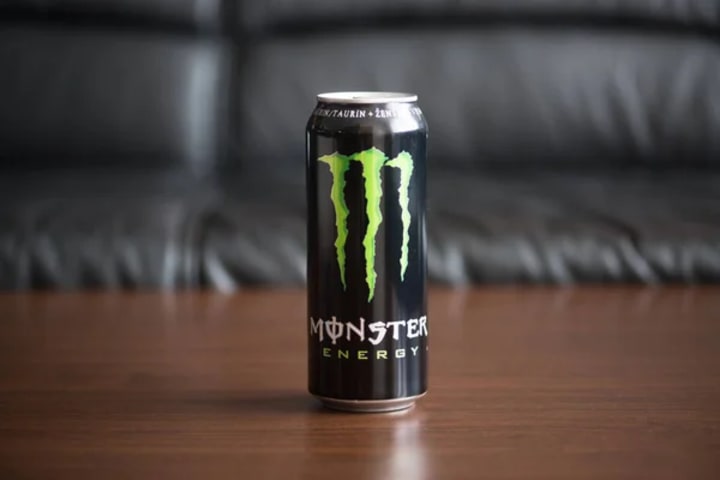
Beware of the Monster lurking in your energy drink! With a whopping 55 grams of sugar per 500 millilitres can, you're risking more than just a sugar rush. Excessive sugar intake can lead to tooth decay and unwanted weight gain, putting you at risk of heart disease, type-2 diabetes, and even cancer. So, next time you reach for that can of liquid energy, remember the dangers that come with it.
Prepare to be shocked: boiling Monster Energy reveals a sticky tar-like substance, exposing the astronomical levels of sugar hidden within. And that's not all - this energy drink is packed with acids like taurine, guarana, ginseng, and L-Carnitine. While these ingredients have their benefits in small doses, consuming them daily through energy drinks can lead to an overly acidic diet, wreaking havoc on your bones and muscles.
That post-workout buzz may come with a hefty price tag! When your blood's pH level becomes too acidic, your body goes into panic mode, hijacking precious muscle fibres and siphoning calcium from your bones just to keep the acidity at bay. Sure, you may feel energised for a moment, but is it worth sacrificing your body's precious resources? Think twice before you hit the gym!
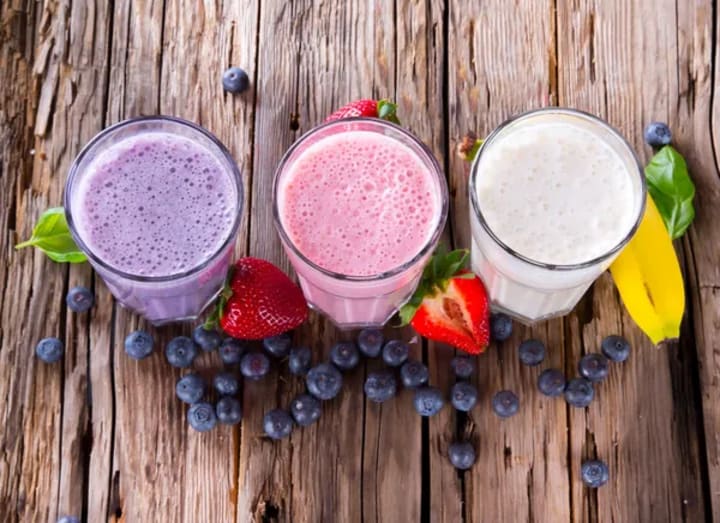
Today, 40% of Americans regularly consume protein drinks and shakes. The reason is, research has shown that extra protein can aid muscle growth and weight loss and boost the immune system. However, there is a concerning truth hidden beneath these benefits - cheese.
Got dietary needs? No problem! There's a protein supplement for that. But the real MVP? Whey. Yup, you heard it right, it's basically cheese juice. Who would have thought? Cheese is made from milk being heated and curdled with bacteria and rennet (yep, straight from calf stomachs). The fatty parts come together to form curds, leaving behind the watery whey. So, why not cut out the middleman and go straight to the source for your protein boost?
From liquid whey to white powder, protein powder production involves a filtration process that separates the protein from the fats and carbs. But let's be real, dried-out cheese juice doesn't exactly tickle the taste buds. Fear not, for additives and flavours like chocolate come to the rescue, turning this bland powder into a delicious and nutritious treat!
Recent studies suggest that dairy products may be linked to cancer, hair loss, acne, and cholesterol issues. But hold on, before you start dumping out your milk cartons, conflicting research exists. However, there is a real danger lurking in whey protein powder. Cheap options can cause some truly frightening side effects due to their sketchy manufacturing process. Don't let the whey protein trick you - choose wisely!
Want to know the dirty little secret of protein manufacturers? Ion-exchange filtration. It's cheap and profitable, but at what cost? The harsh chemicals involved produce lower-quality, less-nutritious protein. And don't be fooled, even if they try to remove them, traces of these chemicals can still sneak into your shake. Yuck. We're talking heavy metals like lead, arsenic, cadmium, and mercury. Not the kind of seasoning we want in our daily diet. But fear not, health-conscious friends! Look for "no ion exchange whey" on the label and say goodbye to these harmful chemicals. Your body will thank you for it!
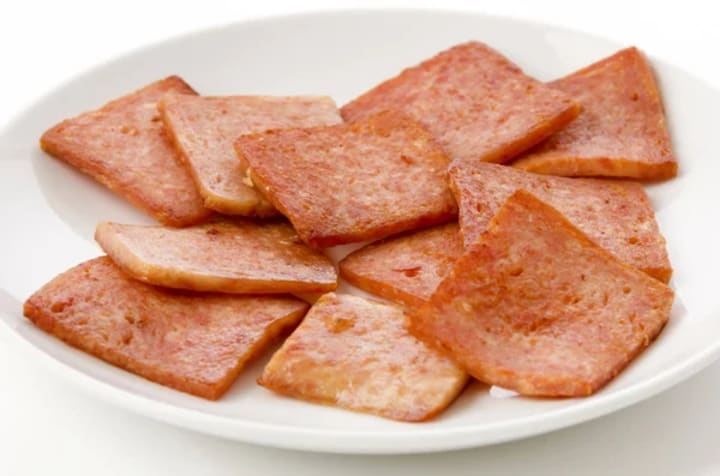
What's the deal with Spam? Let's dive into its origins. Spam is a product made by the Hormel company. It was created by George A. Hormel, who founded a slaughterhouse in Austin, Minnesota in 1891. In 1929, his son Jay became president and wanted to create a unique product that could be trademarked. The end result? The iconic Spam. Despite being called mystery meat, it's just a blend of pork shoulder and ham from the pig's leg. So next time you're chowing down on Spam, remember its humble beginnings in the heart of Minnesota.
Get ready for a transformation like no other! Chunks of meat are ground up and combined with our secret ingredients in a vacuum-sealed chamber. All that juicy flavour? Locked in tight! Our expert machine then funnels the mixture into cans, sealing in ultimate freshness. And that's not all! The cans are sterilized and cooked to perfection, creating a carnivorous masterpiece that's ready to devour. Don't be fooled by the concept of recombined meat. Trust us, the end result is pure bliss for your taste buds.
But watch out Spam lovers! Those little cans may seem harmless, but there's a handful of additives that might make you think twice. Sure, there's a dash of sugar and potato starch, but the real danger lies in the salt. Brace yourself, because each can is loaded with a whopping amount. You might think the label's measly 770 milligrams of sodium is no big deal, but that's just for a 2-ounce serving. And let's be real, who eats just 2 ounces of Spam? The standard 12-ounce can contain a jaw-dropping 4,620 milligrams of salt, enough to skyrocket your blood pressure.
That juicy slab of Spam also contains sodium nitrite, a sneaky little compound that can transform into a cancer-causing villain when exposed to high heat. But fear not, dear Spam lovers, because nitrite also has a superpower – it keeps unopened cans of this canned meat good for aeons. Yes, you read that right – this pink treat has no specific expiration date, only a best-by date, so who knows, it might just outlast us all.
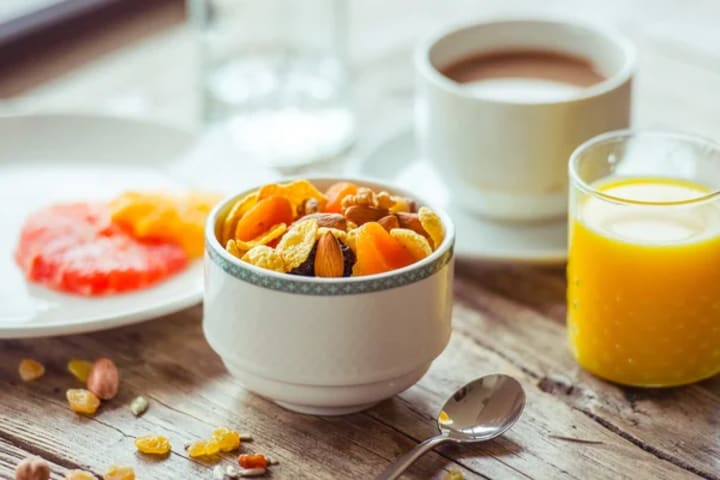
Breakfast is supposedly the most important meal, but are you starting your day on the wrong foot? Cereals like Frosted Flakes and Froot Loops are loaded with sugar and refined carbs, despite being marketed as packed with vitamins and minerals. Can you believe that just 1.3 ounces of Frosted Flakes contain a whopping 12 grams of sugar? That's more than a non-diet Coke! And let's be real, who actually sticks with the recommended portion size? Time for a breakfast makeover, folks.
Did you know that your favourite breakfast cereals are made using a process called extrusion? The grains are mixed with water and turned into a slurry before being sent through an extruder machine that shapes them into the beloved hoops and flakes we all know. But hold on, biochemist Paul Stitt has something important for you! He says that the high temperature and pressure involved in this process destroy all the natural nutrients in the grains and even the synthetic vitamins added later. So, what you're left with is just sugar-laden carbs, which will only give you a temporary energy spike and leave you crashing in no time!
Also, don't be fooled by breakfast's sweet temptations, like orange juice. It may seem like a healthy choice with its vitamin C, but that 300-millilitre bottle of sweet and tangy goodness has just as much sugar as a can of Coke. And if you're thinking "At least it's 100% orange juice," think again. Manufacturers pull a sneaky move by removing the oxygen from the juice, which zaps its natural flavour. But fear not, they simply add in flavour packs made from orange essence and oil, allowing them to keep the "100% orange juice" label. Sneaky, sneaky.
Did you know that your morning glass of orange juice might contain more than just oranges? Yep, you read that right. Many mass-produced orange juices also contain pesticides. How does this happen? Well, when the oranges are pressed, the whole fruit - including the pesticide-laden skins - go into the machine. These pesticides, known as cholinesterases, can be harmful to the nervous system, and some studies have even suggested a link between them and dementia. So next time you reach for that carton of OJ, you might want to think twice.

As a result of the research, it has been determined that while breakfast cereals, orange juice and other processed food products can be convenient, it is important to recognize the potential health risks associated with these products. It is clear that a healthier alternative to processed breakfast cereals and orange juice would be unprocessed foods like eggs, fruit, yoghurt or oats. Additionally, it is important to be aware of food labelling, food sources, and food safety when purchasing and consuming these products. Taking the time to become educated on these topics can help ensure that we are eating nutritious foods and making choices that are good for our overall health.
Also, it's easy to see why processed foods have gained a bad reputation, because let's face it, some of the practices that go into making them aren't exactly what you'd call appetizing. But at the same time, it's important to remember that these methods are often necessary for creating certain food products. Ultimately, the decision to eat these foods is up to you – but at least now you know what goes into making them.
About the Creator
Juan Lucas Edwards
I'm eager to unleash my discoveries upon the world - ready to spill the beans on anything and everything that tickles my fancy!






Comments
There are no comments for this story
Be the first to respond and start the conversation.